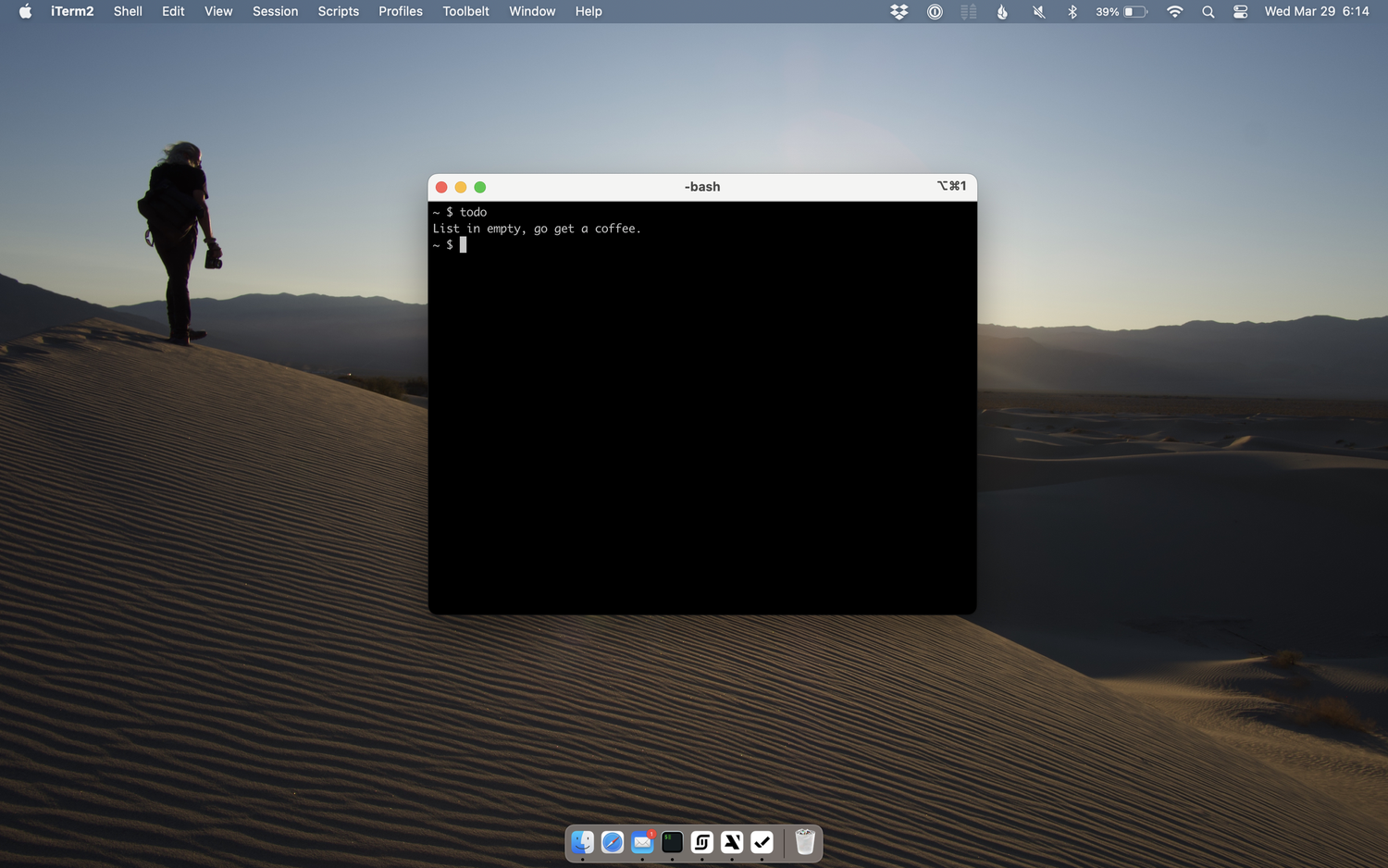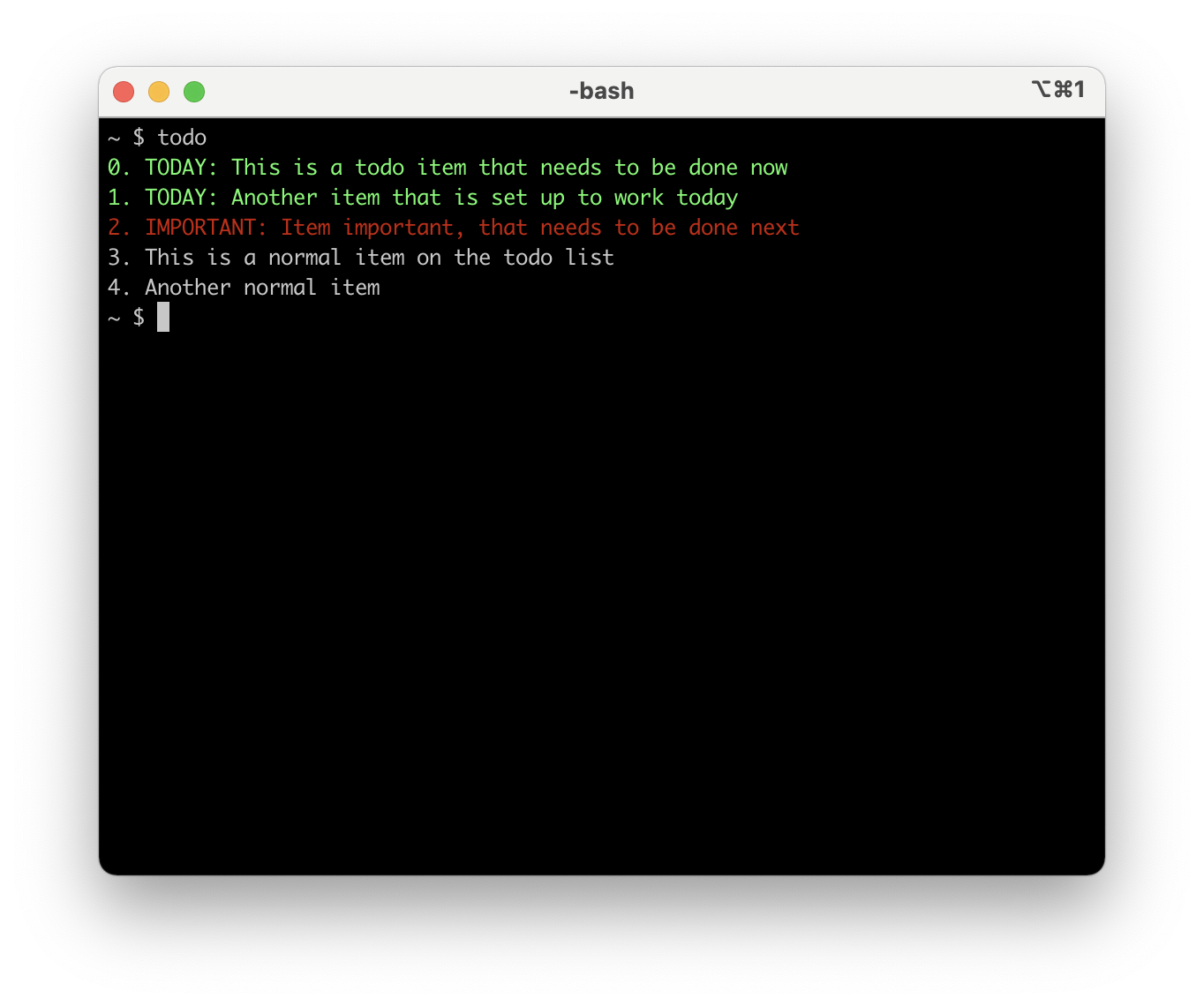Rethinking Productivity
Jul 2020 - Updated Apr 2023
Well, here I am now, after 5+ months of being inside my house, trying to make everything around me simpler. This time I took a look at how I handled task management. In order to simplify this, I focused on how I worked and how I handled tasks/time. I observed myself for a while, paying attention to how I naturally work with tasks. After some back and forth thoughts, I settled on how to simplify all this, getting to the most minimal and efficient way of aggregating my tasks, and completing them.
I had this principle as a guideline:
“Add things until it starts sucking, take things away until it stops getting better.”
We tend to over complicate our “productivity” systems, causing us to be burned out and discard the system. Rinse and repeat. I wanted to avoid this. I wanted the simplest thing that could work for me.
The result is a simple and light-weight process. It’s nothing new, though, people have been doing similar things with pen and paper for a long time, however I added a few things that help me with productivity and to keep the process, and the software I wrote for it, very simple.
This way of working might not work for you, but that’s OK, I designed it for me.
The TL;DR of the method is simple:
- Add tasks to the list.
- Select the tasks for the day and mark them as priority 0 or “to be done today”.
- Complete the tasks and remove them from the list.
Simple does it.
"I have two kinds of problems, the urgent and the important. The urgent are not important, and the important are never urgent."— Eisenhower
The key is to focus on one task at a time, breaking those tasks down into manageable pieces when needed. You need to be diligent with setting your tasks and assigning time to them, making sure to mark those that need more attention. The whole idea is to focus on what’s most urgent, and then move to the important.
After searching for a good simple tool that could give me what I needed, and not finding one, I decided to write my own. I thought this was a good opportunity to learn a new programming language, so I went with Golang.
The tool is a simple command line application that saves the tasks in json-formatted plain text. It looks like this:
The tool shows a simple list of tasks, with visual cues: red for important things, green for the tasks needed to be completed TODAY, and then the rest of the tasks. Alternatively you can omit the colors, but personally I found them to be helpful.
I save these tasks in a simple plaintext file formatted in JSON. Saving the tasks this way allows me to open them with whatever application I have at hand, and the JSON format allows any application (command line, web, iOS, native app, etc) able to understand JSON to essentially get the todo list and display it.
By default the todo.json file is saved locally in the home directory (in ~/.todo). However, since I needed to access my tasks from two different computers, I added an option to save the todo file in another directory of my choosing. So, if I needed to use Dropbox or any other cloud-based file sharing to sync the todo.json file I would save it, for example, in “~/Dropbox/todo” and now I can use the same tool on multiples devices to read the todo file.
I also wrote a macOS and iOS app that follows the same design principles and uses the method: Auer Task.
Here’s the code in Go for the command line app. I won’t give you binaries, so you need to download Go and compile it yourself. Bear in mind that it took me an hour or so to code, as I was teaching myself to write Go code, and the subsequent additions were 5-10 min of coding, so don’t expect beautiful or optimized code. It does the job well, and that’s what I needed. I might refactor all, but you have the code, you are welcome to do it yourself as well, and then send it to me please.
How I Work With It
First, I based this way of working on the Eisenhower Matrix. Check this first.
Every day I:
- Add tasks to the list
- Select the tasks for the day and mark them as “TODAY” (priority 0).
- I work on them, and once completed I remove them from the list.
- Then I select the next “IMPORTANT” task from the list, and set it to be worked on next.
Since I usually have distractions from either work or life, I usually focus on two urgent tasks for each day. Most days I can do them. If I can’t, then the task that needs to be completed moves to the next day.
That’s it. Simple.
 Wallpaper image by Trevor Thompson. Used with his permission.
Wallpaper image by Trevor Thompson. Used with his permission.

